MOZO The Token of Discovery

Hi dears, another interesting project is being started. First of all, for who missed the previous entry, what's a cryptocurrency? To be fast and concise, it is a digital medium of exchange. And the next question would be... What's your use? It is also easy to guarantee the security, integrity and balance of your financial statements by means of a network of agents (segmented file transfer or multisource file transfer) that verify (untrust) each other called miners, which are, for the most part, general public and actively protect the network (the web) by maintaining a high rate of algorithm processing, in order to have the opportunity to receive a small tip, which is distributed randomly.
All this racket of cryptocurrency has been increasing exponentially, however, most people know nothing about how blockchain technology works, what a smart contract is and how it could be used. For this very reason, I will first of all carefully introduce this type of blockchain technology.
The blockchain is a decentralized general ledger. It is a computer network that has an identical copy of the database and changes its status (records) to a common agreement based on pure mathematics. All this means that there is no need for any central server or any entity we trust (e.g. central bank, notaries, banks, Paypal, etc.). The blockchain is the technological basis for all cryptocurrencies, whether Bitcoin, Ethereum, Hyperledger, etc. An important part of the blockchain is the smart contracts, a piece of code that is stored in the blockchain network (in each participant's database). It basically defines the conditions to which all parties using the contract agreement. Therefore, if the required conditions are met, certain actions are executed. Because the smart contract is stored on all computers on the network, everyone must run it and get the same result. This way users can be sure that the result is correct.
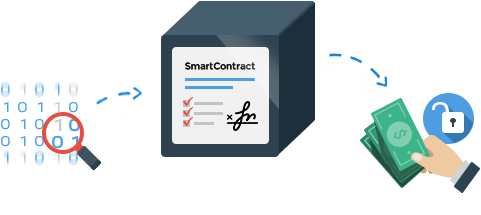
After this brief introduction to the broad topic of Blockchain and Smart Contracts, we can already see that this technology opens many doors to new decentralized businesses and eliminates the need for expensive third parties. Many new companies are now working on this technology, and large companies are testing it in closed networks to collaborate directly with each other without the need for intermediaries. For that reason, there is a lot of projects that are starting to use this new technology. However, not all of them are worth it. We have to read well what each project is dedicated to, what is its whitepaper, its qualified advisors, etc.
As I said, blockchain technology has gained popularity due to the hype about cryptocurrencies which has shaken many startups to launch their own cryptocurrencies even without convincing fundamentals. This trend has emerged because new entrants have been agiler in adopting emerging technologies compared to incumbents who are hampered by legacy systems. However, this competitiveness and this advantage enjoyed by the new players may be short-lived, as no economies of scale are taken into account.
Loyalty programs are often undervalued by the target customers of the program provider. While the number of loyalty cards grew rapidly and swelled in wallets and purses, consumers could not redeem their points among merchants due to differences in policy, terms and conditions of use, valuations of points and the lack of coordination among the merchants. In addition, consumers can not easily remember or revamp their point balances or when points will expire. Current loyalty programs sound good and their purpose has real merit, but implementation does not work for most consumers. Each of the loyalty program providers establishes their own policies, terms and conditions, and assessments that invariably differ from each other. In addition, most of the loyalty programs available in the market do not allow customers to transfer their points to another person. Partly due to the problems described above, merchants have not been able to increase pedestrian traffic to their stores and consumers are less motivated to visit offline stores. As a result, pedestrian traffic in shopping centers and stores is in decline, leading to a wave of closures of shopping centers and stores. The key is to devise a plan for people a reason to walk and enjoy the shopping experience instead of staying at home and touching the "buy" buttons from a couch. Physical stores should not only focus on strengthening their core competencies, such as strong relationships with customers, personalized offers and expert advice, but also on increasing pedestrian traffic to their stores.
For the above reasons, the cryptocurrency that I want to present to you today is Project Mozo a platform based on a chain of blocks that will replace the loyalty systems based on existing points, and will bring pedestrian traffic to stores and shopping centers.
The main objective of the Mozo Project is to build a universal platform to attract pedestrian traffic to physical stores. Mozo allows consumers to extract and collect a cryptocurrency, called a Mozo token, when they use Mozo APP to discover new products in physical stores. Mozo's tokens can be converted to reference currencies such as Bitcoin or Ethereum, used as discounts for products and services in stores authorized for Mozo, and exchanged in the Redemption de Mozo market; what makes it attractive to create a universal system of membership and rewards for merchants.
Initially, the Mozo Project will use the Ethereum blockchain network to support its transactions, and then it will switch to Solo when it becomes available. Its patented technology is just a new block chain network type DAG that is designed to support peer-to-peer micro-payment transactions, where each transaction initiated by a sender user is approved by the target user and only by the user of destination. , hence the name Solo. The official card is called "Mozo card". Consumers can earn, buy and redeem Mozo cards by entering a physical store, "zapping" to discover the details of the product or buying products in the store.
Thus, Mozo works using an smart contract that is linked to retail activities. This intelligent contract is established between the retailer's smartphone or IO device and the consumer's smartphone when detecting the other's device. The consumer smartphone and the retailer's smartphone can accept and process a transaction under the command of the consumer. In other words, the Mozo contract is a transaction generated by the user that transfers control commands between the user device, user-user or user system. Therefore, the project creates an intelligent contract in which the object of the intelligent contract is to process the transaction in the network of the blockchain.
Here are a representation of how Mozo platform works:
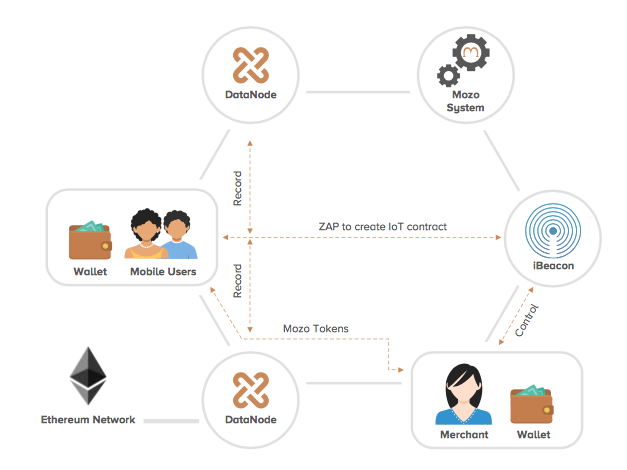
The most important characteristics are:
- Merchants can reward consumers with Mozo tokens in many ways, each of which is a smart contract between the user-device, the user-user or the user-system as described above.
- To use the Mozo tokens for your regular transactions online or offline, simply select the payment option in the consumer application when making the payment. The consumer APP will calculate how many Mozo tokens will be deducted from the consumer's portfolio. This is done automatically, using the smart contract already integrated in the Mozo system.
- Consumers and retailers can buy or sell Mozo's tokens in designated token bags.
Mozo allowed consumers to discover product information, compare product prices online and offline, and buy in the APP at these stores. It also allowed consumers to discover inventories of products and prices not only of sporting goods, but also of the product categories that we often see in shopping centers, such as electronics and luxury goods, to name a few. With Mozo's tokens, consumers will be highly incentivized to keep going back to shopping centers and commercial districts, as they see the opportunity to undermine Mozo's tokens, discover inventories and prices in stores and buy products they have not seen before.
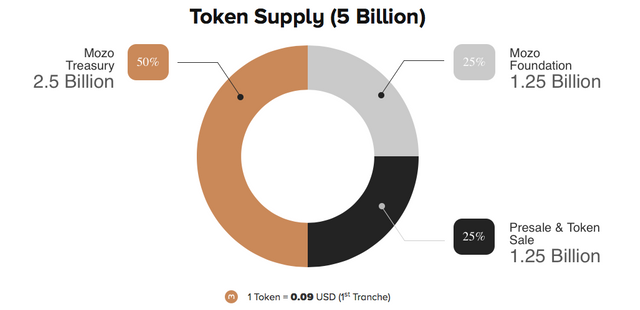
Airdrop
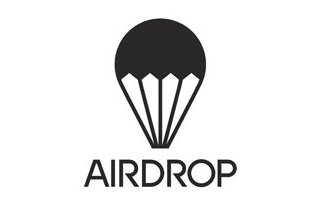
The project gives the opportunity to earn Mozo Token (MOZO) tokens performing some social media tasks and doing simple steps from the bounty program explained into the Bitcointalk Platform. Here (https://bitcointalk.org/index.php?topic=4505246.0) you can access the link in order to see what are the conditions to become an early MOZO contributor and start acquiring tokens.
Doesn't that sound interesting? If you are interested in this airdrop or basically in the ICO, you can read their Whitepaper here (https://www.mozocoin.io/pdf/060418_whitePaper_mozo.pdf). You can also stay tuned in their official Telegram group (https://t.me/mozotoken). I hope you liked the post and soon I'll send you new ones.
Roadmap
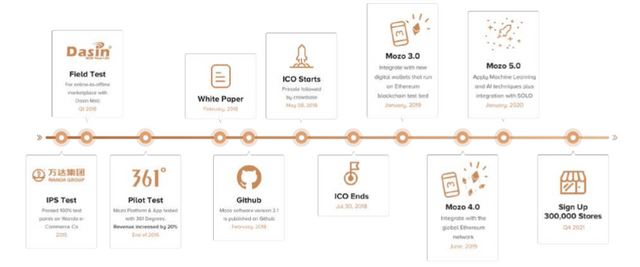
Author Details
Email: [email protected]
Telegram username: @clauming
Bitcointalk username: adriaparcerisas
Bitcointalk profile link: https://bitcointalk.org/index.php?action=profile;u=1870482
Ethereum address: 0xC6AB45541006D53D31E25b41c7d245c5Ad99BF71